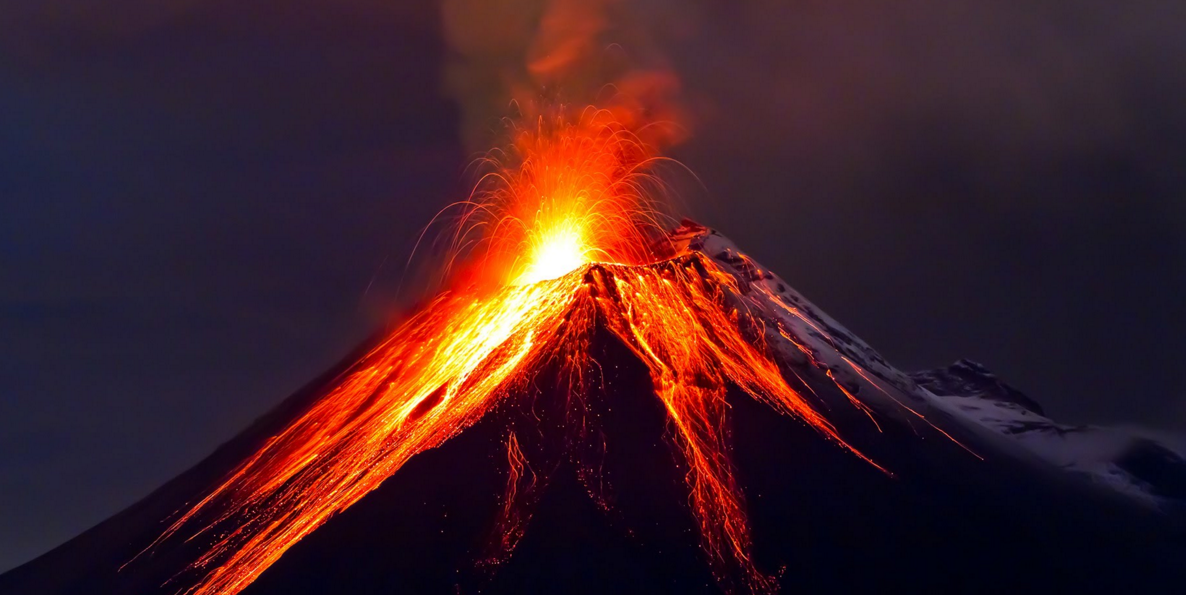Jérémy Filet, Université de Lorraine and Lisa Jeanson, Université de Lorraine
“So what’s your PhD topic again?”…
Nowadays, this is the question most commonly asked to early-career researchers, and the answer is becoming more and more complex. While an interdisciplinary approach is favoured in English-speaking world, the French academic system often keeps doctoral students within methodological limits.
So why maintain such an inflexible, discipline-focused system? How can young researchers make their fields and the scientific foundation on which the build their work their own?
Breaking down boundaries: the end of labels
A basic trend: The longstanding boundaries between classic disciplines are breaking down or, at least, being blurred, and many academics feel disoriented. One explanation for this radical shift is probably the development of new media. While “traditionalists” try to hold on to their “specialties”, open-minded researchers use new technologies to break down the walls between disciplines. Indeed, since the 1980s, the English-speaking research world has witnessed the birth of new fields of multidisciplinary research. A model from which France and other countries have begun to draw inspiration in the last decade.
For 21st-century PhD students – the first generation of “digital natives” – the web has been a simple fact for their entire lives. They tend to refuse labels, and unlike their predecessors, early career researchers do not want to choose between specialties, methodologies, schools of thought or countries. They want to embrace them all.
And why would they have to choose, anyway? Thanks to the Internet they have access to almost unlimited knowledge, through MOOCs, TED talks, online publications… In a nutshell, open sources. Many doctoral candidates have graduated with two or three masters and followed several transdisciplinary pathways already. They are thus entitled to diversify their experience, and they wish to keep this privilege, and even cultivate it, when writing their thesis.
“Y generation” researchers
The training of the current generation of researchers – strewn with pitfalls and migrations – is not so “unusual” anymore. In a sense, their professional lives will be that way as well. For “Y generation” researchers, a certain volatility becomes necessary, if not essential, to fully comprehend new nomadic objects of research. Why not dissect a Latin text in the same way we examine DNA? Could a philosopher learn something from an examination of African tax systems?
For the 2016 Early Career Researchers conference at the University of Lorraine, PhD students discussed their take on interdisciplinarity and its potential benefits. The 2017 edition takes place on June 16 this year returns with a new theme: “Which questions for what research? The Humanities at the crossroads of disciplines”.
Asking the right questions
In 2017 we need to discover what kinds of questions are being asked in research. What are the purposes of research? Which questions best correspond to which types of research? What is our take on fundamental research? What is the split between social-science research, applied research, or interventionist research? With the multiplication of ground-breaking concepts, should research fields be restructured?
How particular disciplines are mastered is clearly defined by French institutions, such as the National Counsel of Universities or the competitive exams for secondary-school teaching in the French national education system. Therefore, we should question the legitimisation of new fields of research within a given academic institutional system. As such, cultural studies have often been strongly criticised in France, whereas their popularity within the English-speaking world is easily understandable considering their interdisciplinary nature.
Certain disciplines taught at universities also have their equivalent in the secondary-school system, and many research departments limit their recruitment of lecturers to candidates who have passed the secondary-school exam. Notwithstanding the many differences between teaching in secondary school and conducting research at university, should academics in France continue this historical mode of recruitment? Can research fields be as easily delimited as the disciplinary knowledge one needs to teach in secondary schools? This issue is all the more pressing as new technologies bolster the constant evolution of research questions. Can they enable the Y generation of researchers to free themselves from the ancient methods of “mastering” disciplines and go beyond the more “traditional” fields of research?
Towards enhanced research
While fields of research are increasingly changing, should they all intersect and perfectly match taught disciplines, or could they be much more enriched and flexible? A good example is gender studies, which combines history, psychology, sociology and even medicine. Similarly, shouldn’t we consider research fields within the context and needs of society? It is only logical to question the axiological positioning of the researcher with regard to political militancy or societal debates, especially when their research deals with current affairs.
Moreover, an increasing number of companies and other organisations are now proposing collaborations and partnerships with researchers. Industrial agreements for training through research (for example, the French CIFRE program) establish a partnership between a partner – most often a firm – a research department, and a PhD student. What methodologies can be applied in such collaborations? How do we reconcile the researcher’s methods and the partners’ expectations? We also need to question the uses and the limits such cooperative efforts. Concisely put: how do we distinguish between disciplines? Should we talk about a disciplinary area or should we replace it with the definition of a research domain? Is the creation of inter- and/or trans-disciplinary research teams always necessary? Are they really beneficial?
Facing the multiplication of such questions, early-career researchers need to develop innovative research practices and find ways to address the position of today’s researchers.
Novel practices, new questions
For its 2017 edition, the organisers of the Early Career Researchers conference invite PhD students of all disciplinary backgrounds to reflect on the following axes:
-
What epistemological and deontological approaches should researchers adopt today?
-
What are the implications of the human factors behind research?
-
Which methodolog(y/ies) for what research: where are the boundaries between disciplines?
-
Inter/transdisciplinarity and the contributions of research and new technologies to society: how can different perspectives be reconciled?
-
How does research interact with its foundations?
Far from being an isolated initiative, those considerations are beginning to be tackled at international congresses. These include the 2017 PhD colloquium of the French Society for the Study of English (SAES), to be held June 1-3 in Reims, and “Designations of Disciplines and Their Content: The Paradigm of Studies”, which took place at Paris 13–USPC in January 2017.
It is with this in mind that the early-career researcher conference will be held June 16, 2017, in Metz, France. For more information, visit the conference website.

Jérémy Filet, Doctorant en civilisation Britannique du XVIIIème siècle, Université de Lorraine and Lisa Jeanson, Doctorante en Ergonomie Cognitive, Université de Lorraine




























